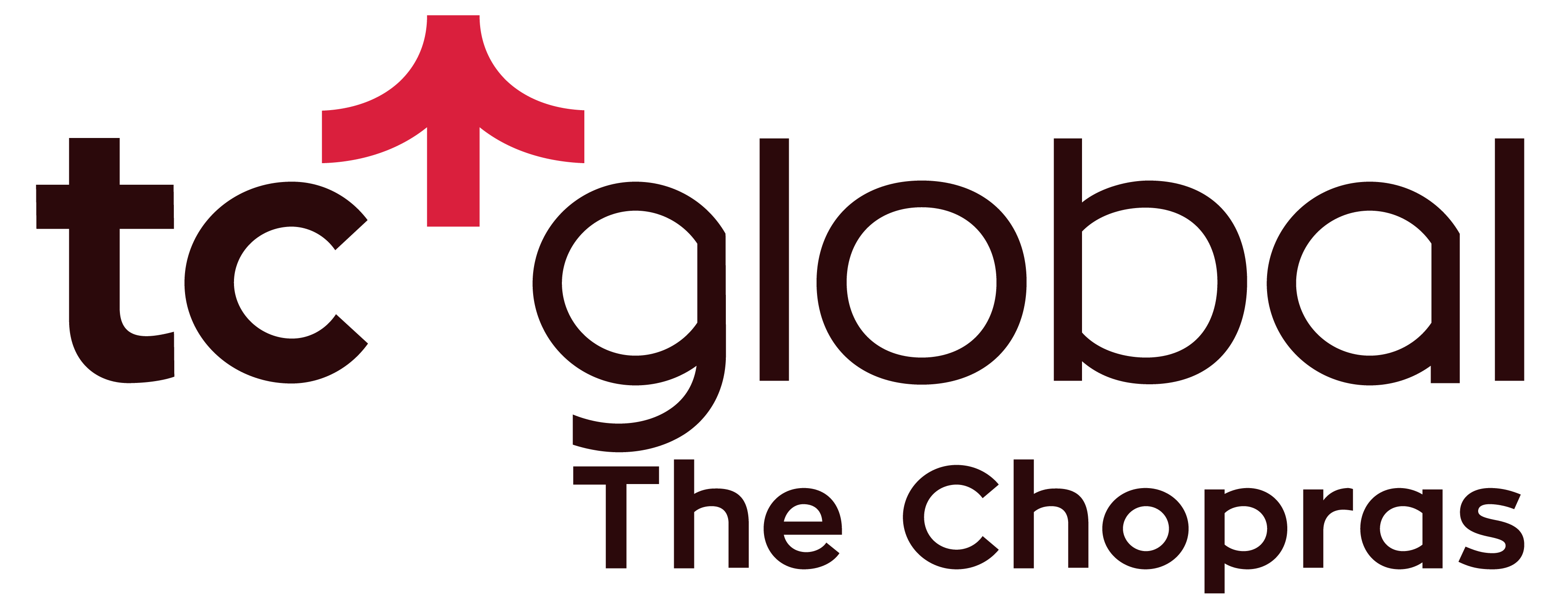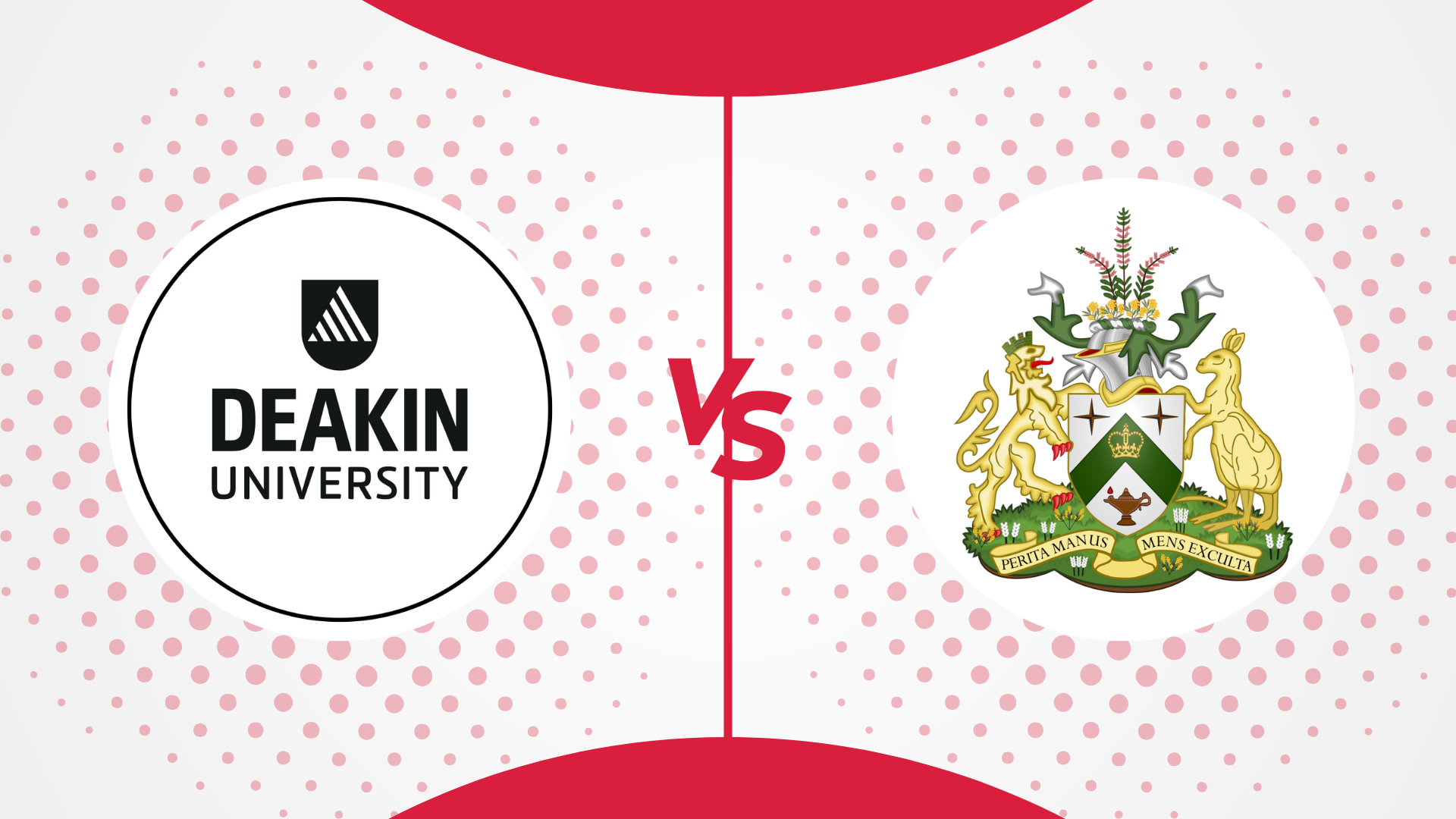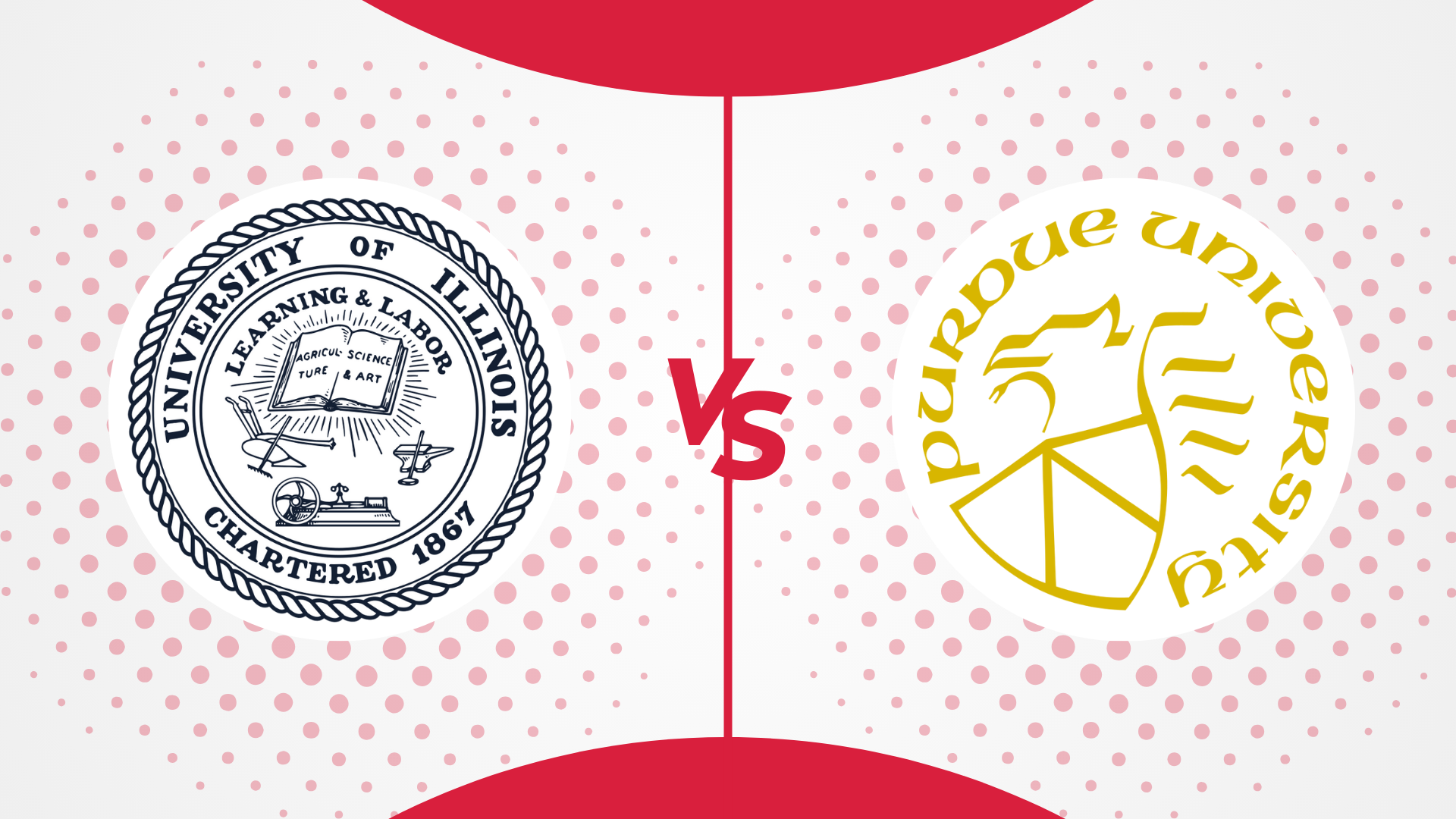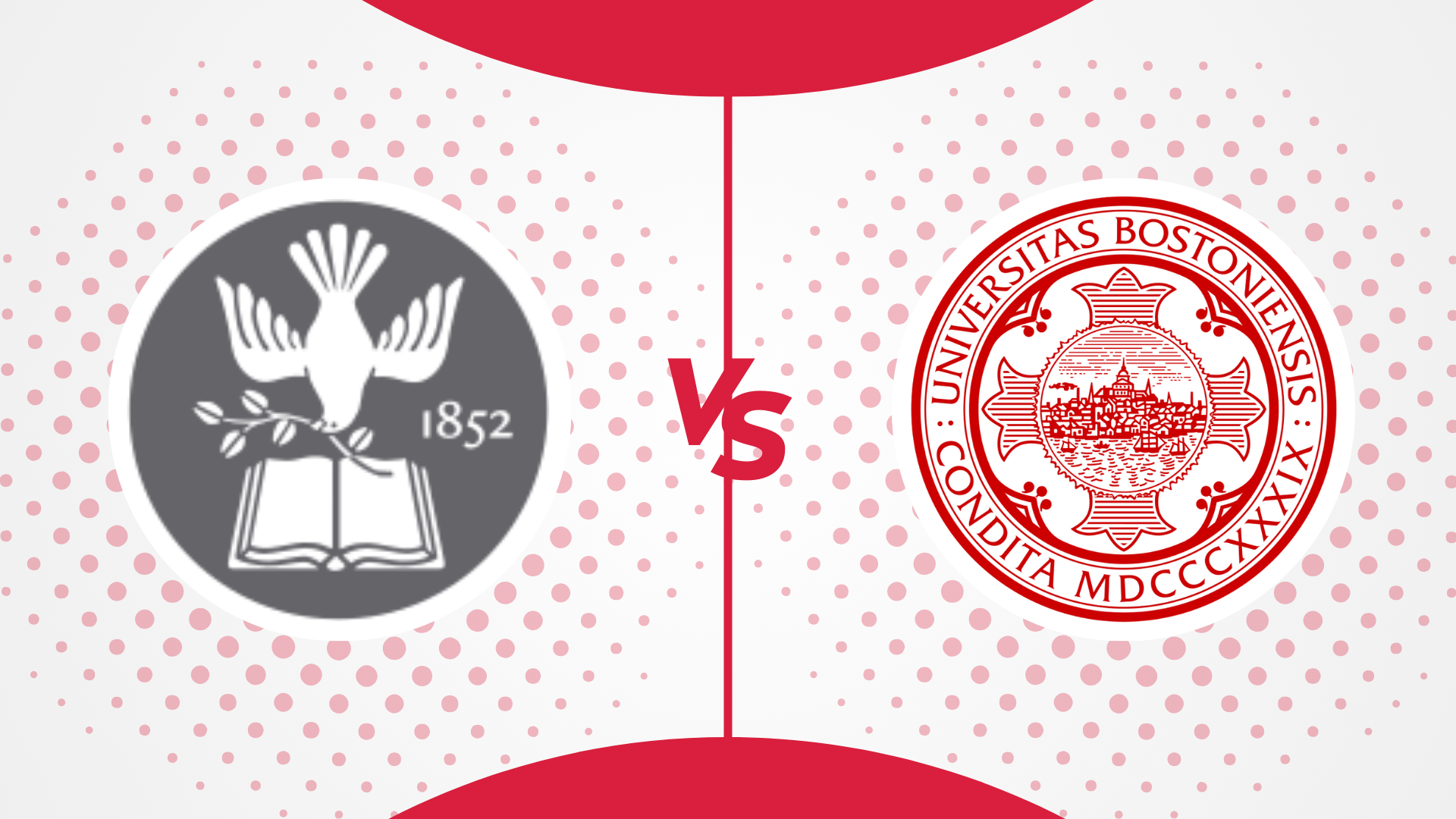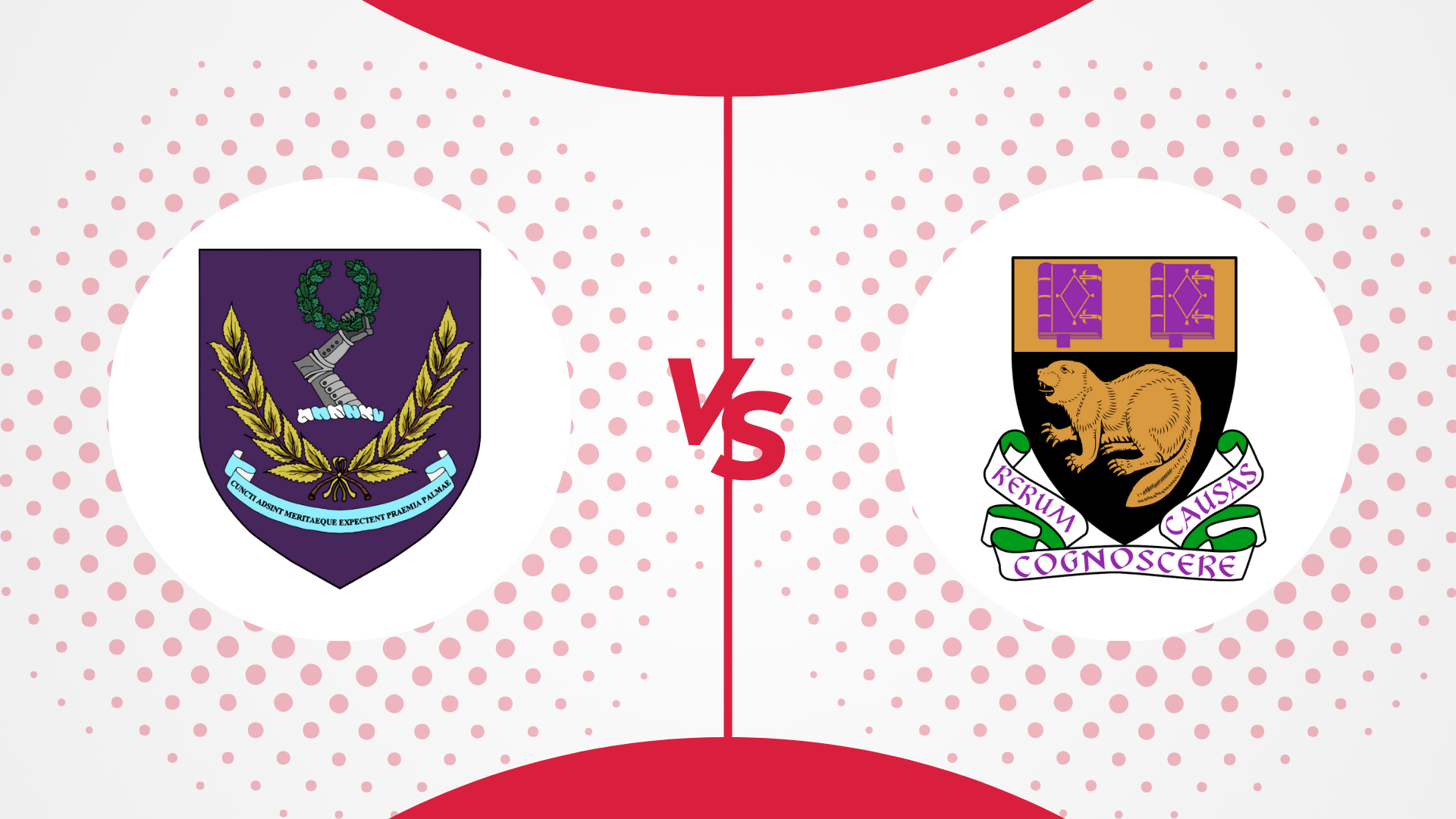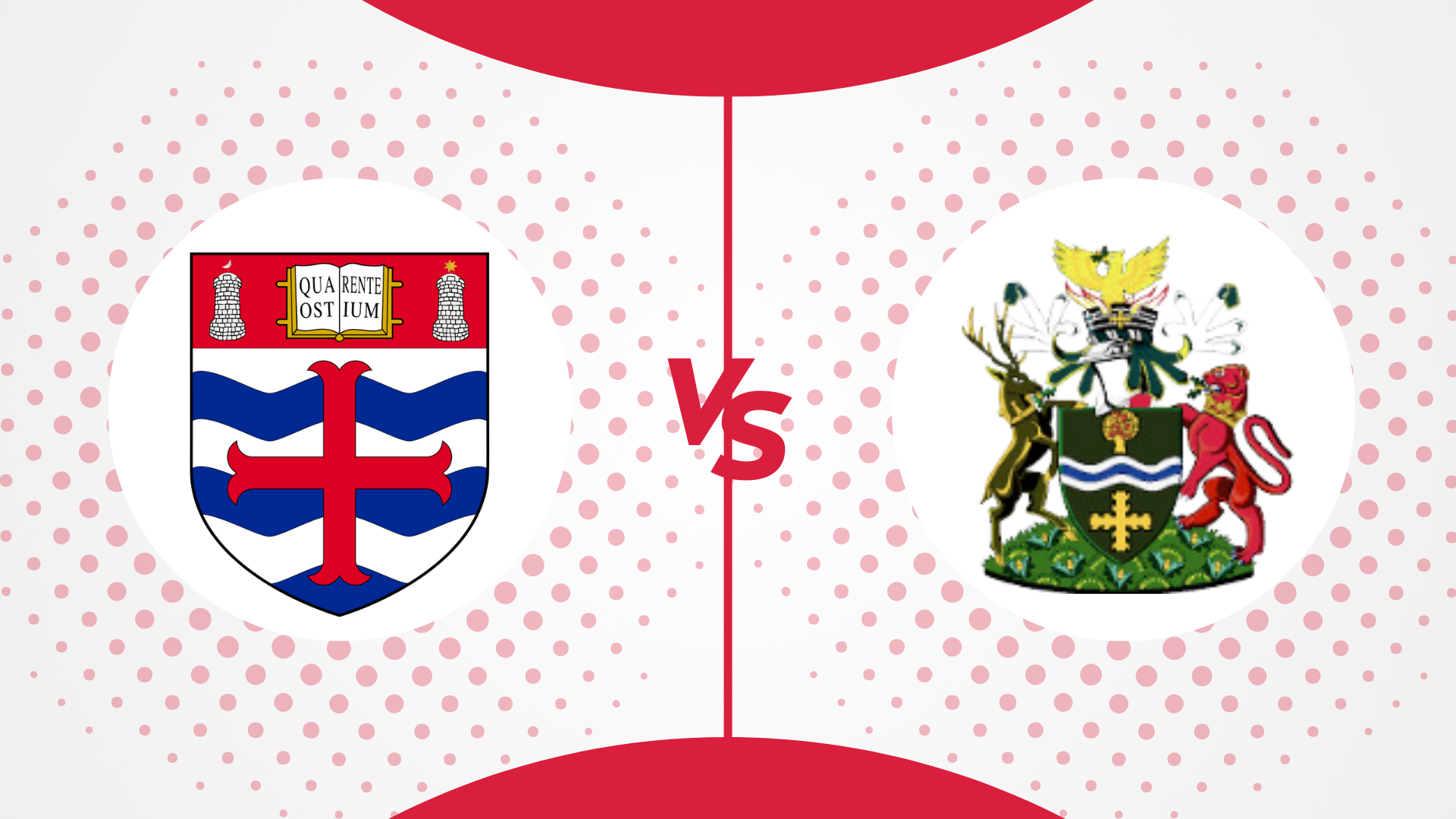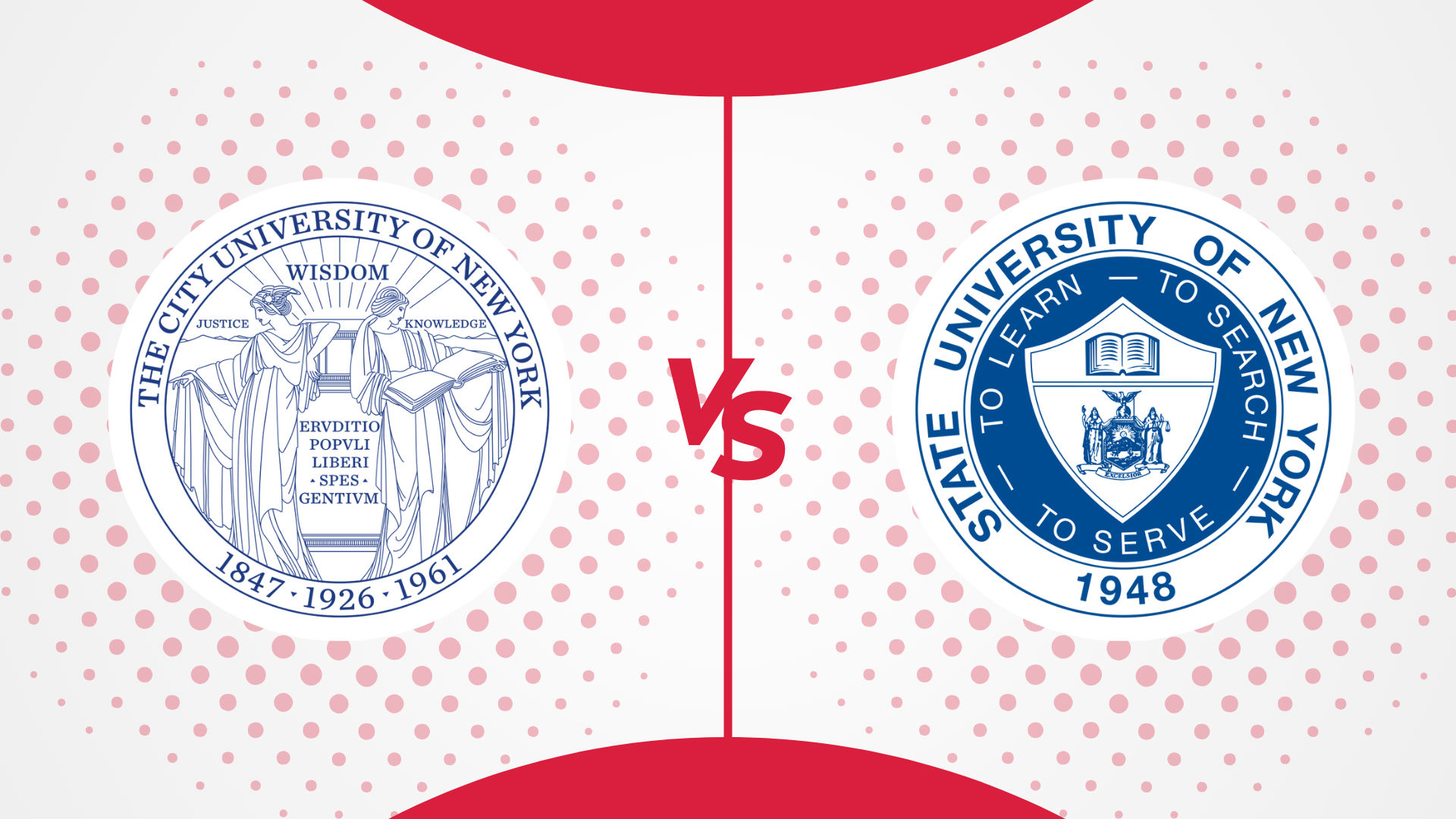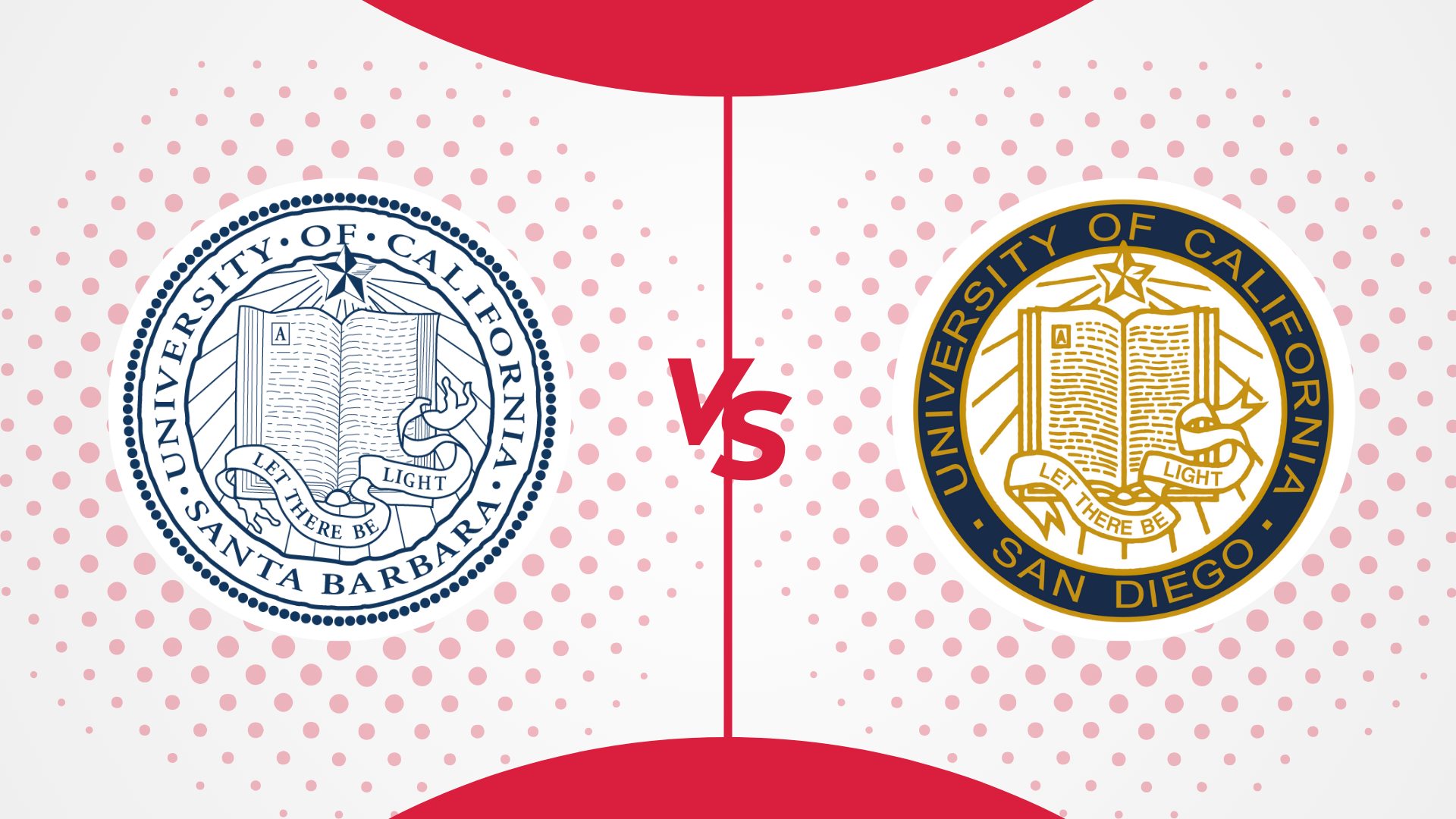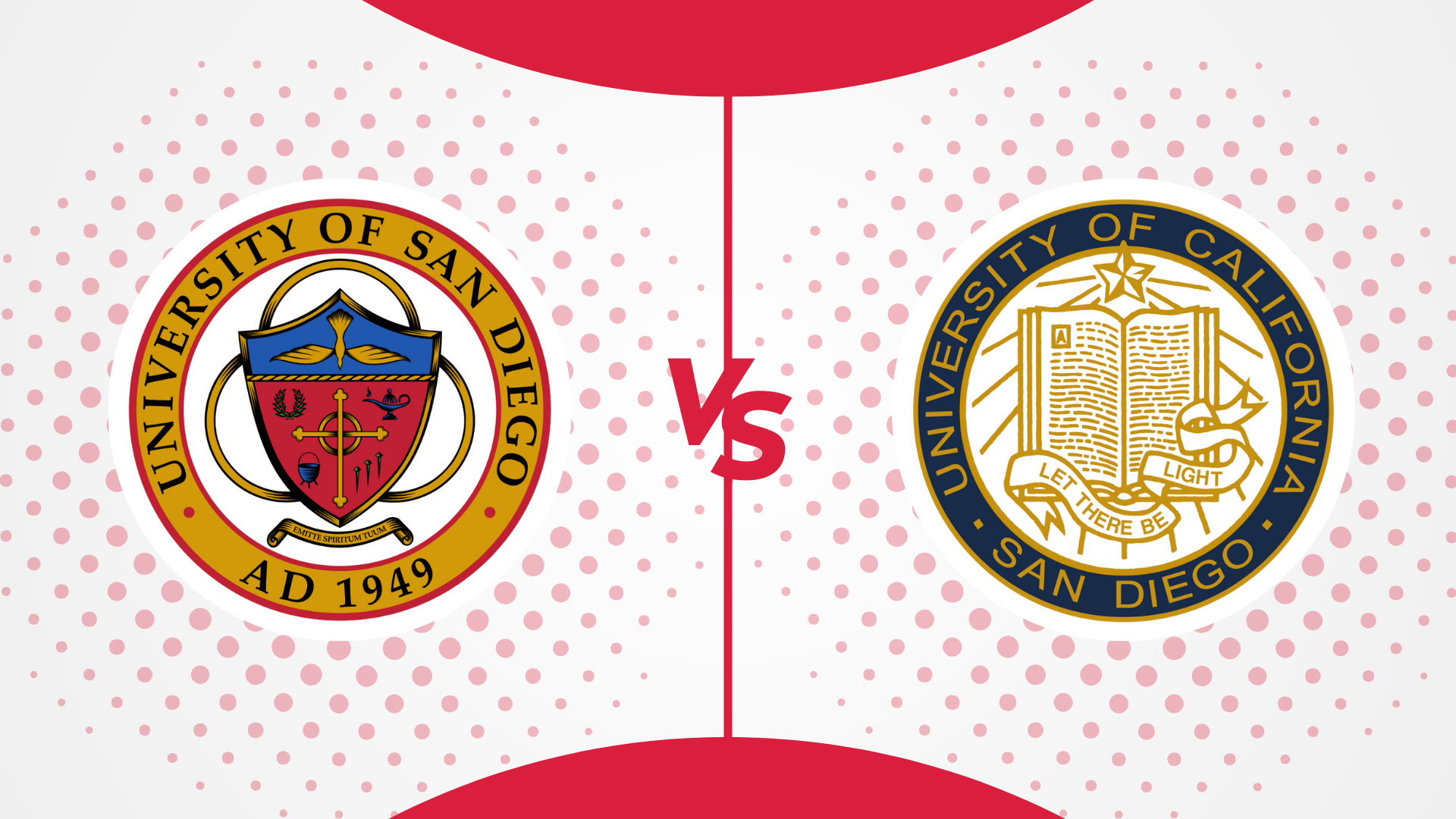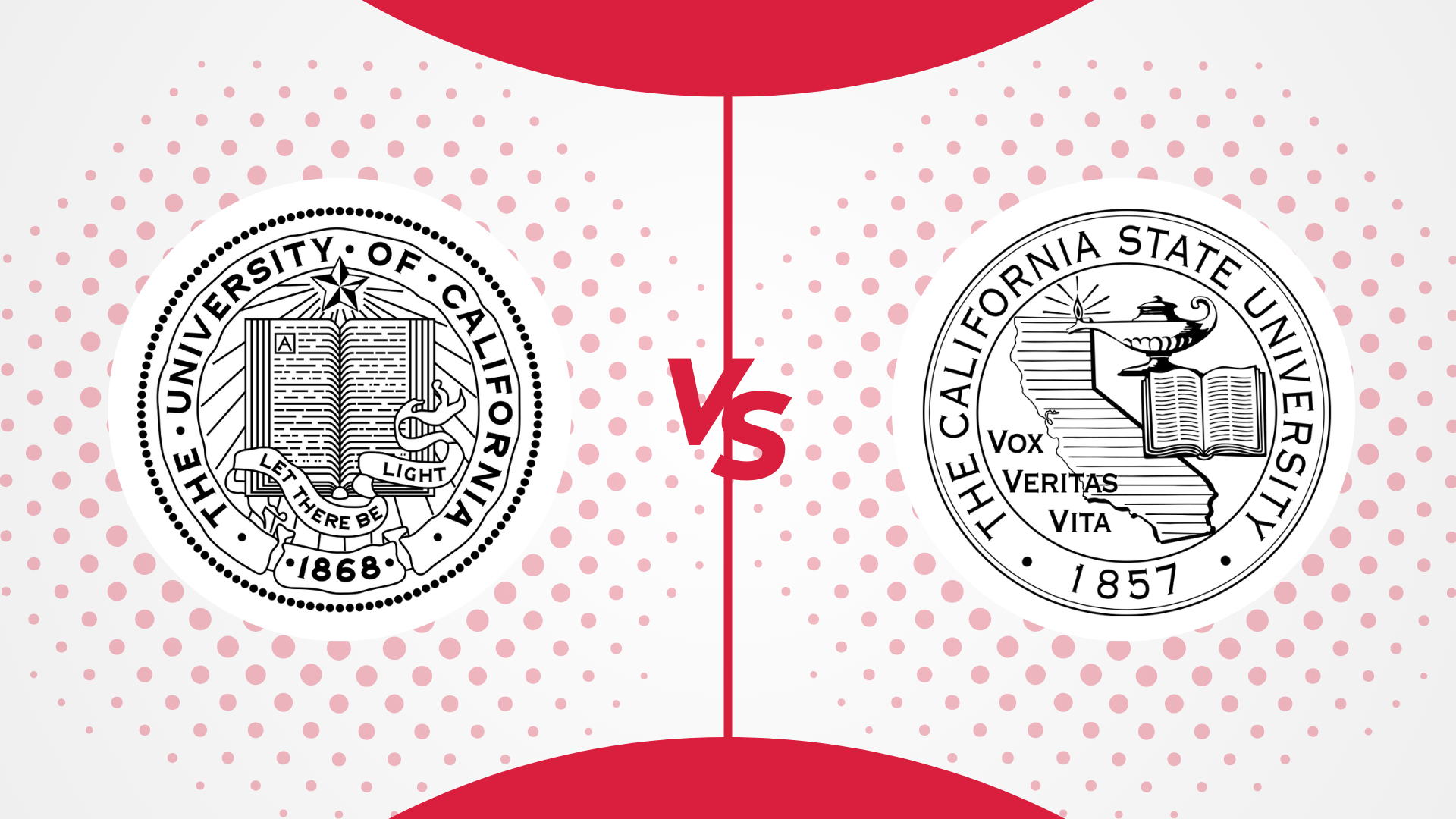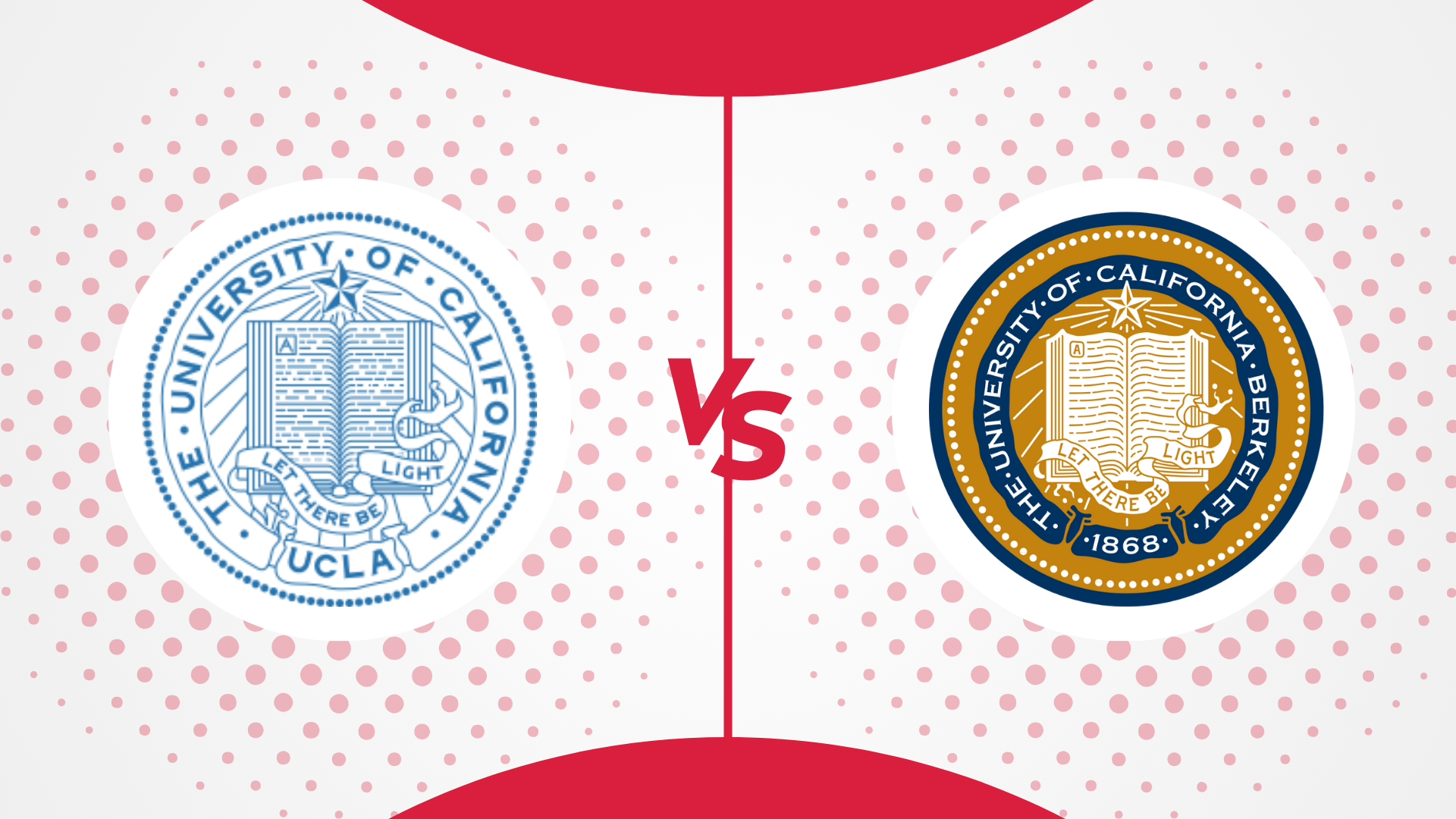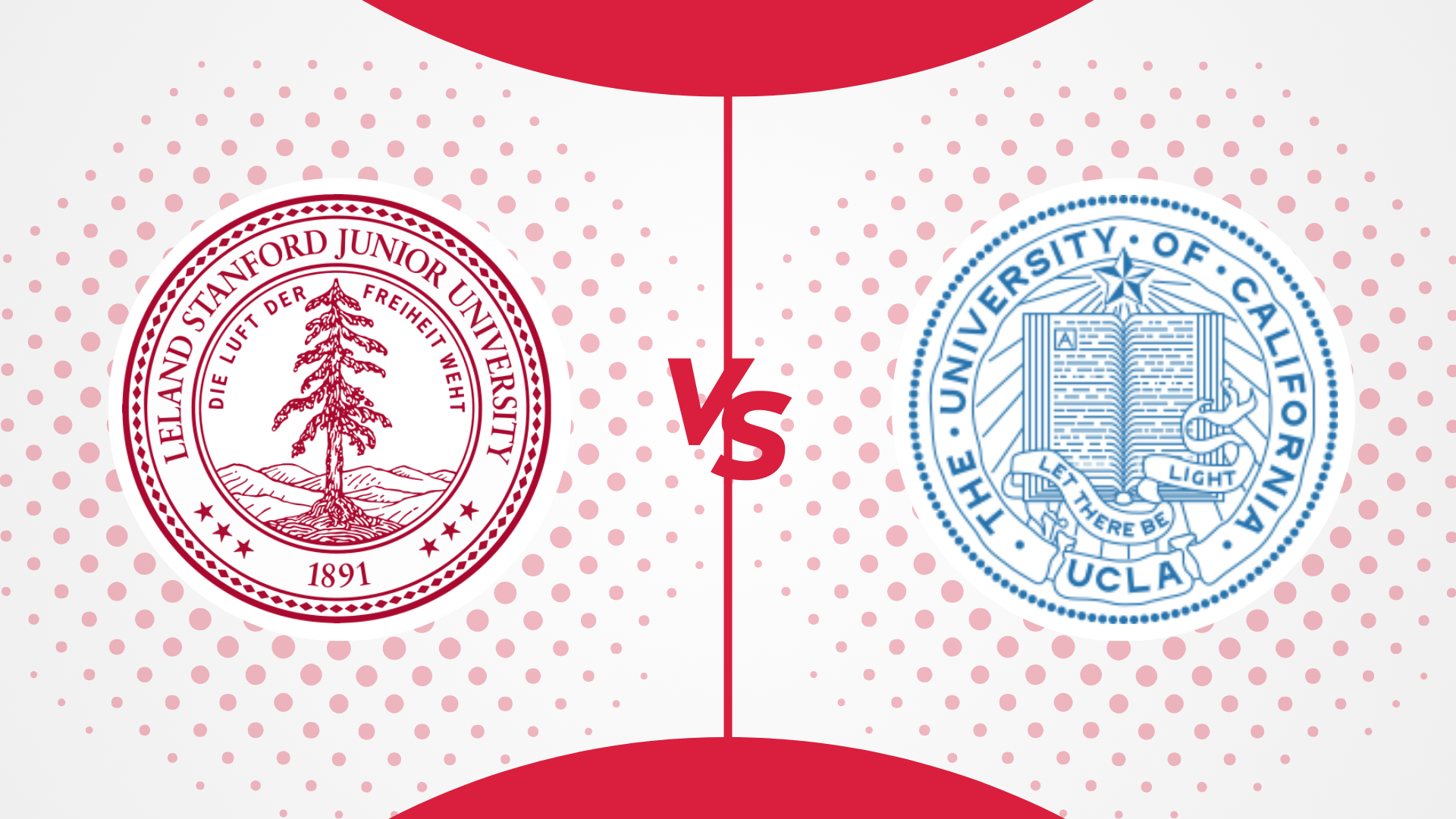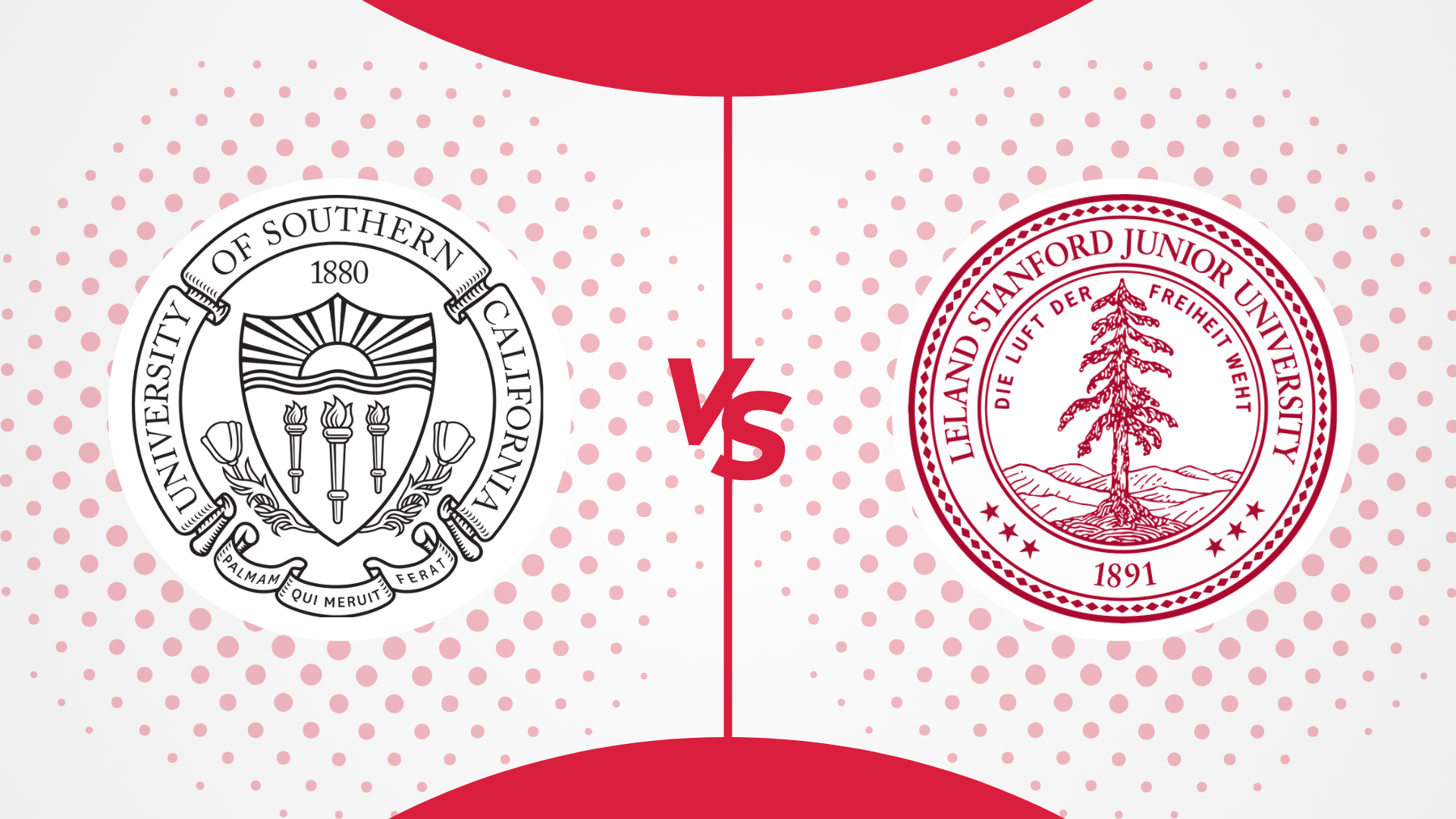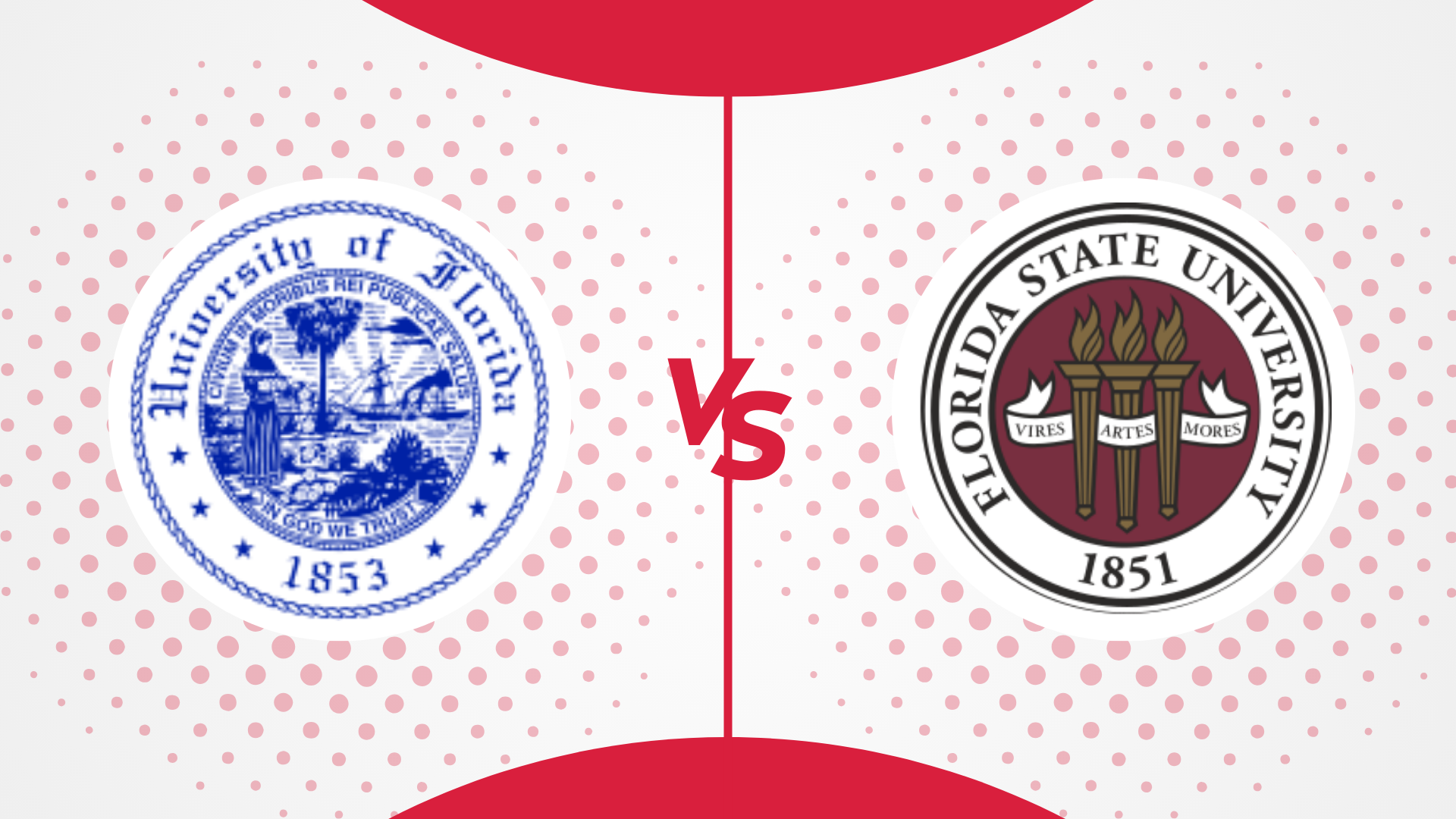If you are looking at Australia for your higher education, Deakin vs RMIT is a choice you may be considering. Two highly renowned universities, Deakin and RMIT, offer state-of-the-art facilities and continued support to their students for their academics, pathway programs, research facilities, and graduate outcomes.
So, how does one choose between the two? We give you a comprehensive analysis and comparison of Deakin and RMIT across various factors to make your decision best suited to meet your career goals.
Overview of Deakin and RMIT
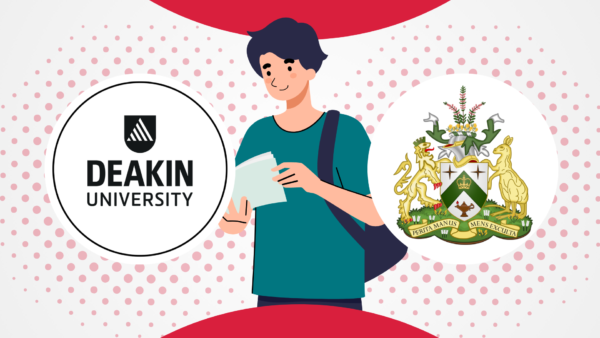
Brief History and Background
Deakin University
Eponymously named after Alfred Deakin, the second Prime Minister of Australia, Deakin University is a public university in the state of Victoria. Founded in 1974, Deakin is Victoria’s fourth university and is one of the top young universities in the world according to QS Top 50 under 50.
The university has four campuses in Australia – Melbourne Burwood (largest and busiest campus), Geelong Waurn Ponds (oldest campus), Geelong Waterfront and Warrnambool. In addition, the university also has two international campuses —
- One in Bandung, West Java, Indonesia, where Deakin has partnered with Lancaster University in the UK to form the Deakin University Lancaster University Indonesia (DLI) Campus and
- GIFT City Campus in Gujarat, India.
World renowned for its sports science, nursing, education, and business programs, Deakin takes the 26th spot in the global list of Top 50 universities under 50 years, published by QS Ranking in 2021. It also ranks 197th according to QS World University Rankings for the year 2025 and 15th in the country.
RMIT
The Royal Melbourne Institute of Technology, more popularly known as RMIT, is also a public research university in Melbourne, Australia. Even though its history can be traced back to 1887 and the Working Men’s College of Melbourne, RMIT gained university status in the year 1992 after merging with the Phillip Institute of Technology. Since then, the university has grown to be one of the top Australian universities, especially in the areas of research, employability, teaching and innovation.
RMIT has 3 campuses in Australia (Melbourne City Campus, Bundoora, and Brinswick), two regional sites for flight training (Bendigo and Point Cook), two international branch campuses in Vietnam in Ho Chi Minh and Hanoi, and a research and collaboration centre in Barcelona.
One of the best universities for art and design, architecture, engineering, development, computer science, communication, and media studies, RMIT ranks 123rd in the world and 10th in Australia according to QS Rankings 2025. The university is known for its practical approach and industry-based learning.
Key Statistics and Rankings
Here is a table comparing the key stats and ranks when it comes to Deakin University vs Royal Melbourne Institute of Technology.
| Deakin | RMIT | |
| Main Campus | Burwood suburbs of Melbourne | Melbourne CBD |
| Number of Campuses | 6 | 8 |
| Slogan | “Let’s keep Earth wonderful” | “A skilled hand, a cultivated mind” |
| Mascot | Deakin Dragon | Rupert the Redback Spider |
| THE World Rank 2025 | 201 – 250 | 251 – 300 |
| QS World University Rank 2025 | 197 | 123 |
| Undergraduate Student Body | Around 38,800 | Around 54,500 |
| Graduate Student Body | Around 17,200 | Around 12,600 |
| % of International Enrollment | ~ 24.5% | 24% |
| Average Acceptance Rate | Around 75% | Around 22% |
| Student to Faculty Ratio | 23:1 | 30:1 |
| Number of Undergraduate Programs | 200+ | 180+ |
| Number of Graduate Programs | 157 | 350+ |
| Research Income | Around $173.4 million | Over $110 million |
| Number of Clubs and Student Organizations | 120 | 100+ |
Deakin vs RMIT: Academic Comparison

One of the primary aspects of comparison when looking at two universities is academics. The choice of programs, teaching styles, class sizes, admissions criteria, all become important when choosing RMIT vs Deakin.
Undergraduate Programs
Program Options: Both Deakin and RMIT are comprehensive universities offering courses across a range of disciplines. Even though RMIT has the phrase “Institute of Technology” in its name, it has dedicated departments for studying humanities, arts, and social sciences.
As public universities, they have fairly similar syllabi and overall quality of education. They are two of the top universities in Melbourne and Australia. When looking at the number of options, Deakin has over 200 programs, while RMIT has over 180 programs to choose from. For a prospective student, this can signify how diverse and interdisciplinary a department can be. Like universities in America, most Australian universities (for most courses) also allow their students to declare their majors at the end of their first year or during their second year. This is the case with RMIT and Deakin as well. This allows the students to explore many options before deciding on their career path.
Ranking and Reputation: When it comes to ranking, the reputation of individual departments/ courses needs to take precedence over the general university ranking. For a student, what a university contributes to your particular field of study in terms of teaching and research is more important than the “name” of the university. Keeping that in mind, RMIT is a world leader when it comes to architecture and the built environment, art and design programs, journalism, computer science and information systems and some of their engineering programs. Similarly, Deakin is globally recognised for its engineering, sports science, nursing, and education programs.
That said, when it comes to the overall ranking, RMIT finds a spot among the 10 ten universities in Australia, standing in the 10th spot after
- University of Melbourne
- University of Sydney
- University of New South Wales
- Australian National University
- Monash University
- University of Queensland
- University of Western Australia
- University of Adelaide and
- University of Technology Sydney.
Globally, RMIT ranks 123rd according to QS World University Rankings 2025 and in the 251-300 range according to Times Higher Education 2025. In comparison, Deakin finds its place in the Australian top 20s list, ranking 15th. Globally, Deakin ranks 197 and in the 201-250 range according to QS and THE, respectively.
Eligibility Criteria and Standardized Test Scores: Both RMIT and Deakin have a set of general university-level admissions and specific requirements for a course. The general requirements are –
- Be at least 16 years of age on the program start date
- Successful completion of the Victorian Certificate of Education (VCE) or equivalent. This includes Australian Year 12, New Zealand level 3, International Baccalaureate, and International high school/ secondary schooling, depending on countries.
- Meet the minimum English language requirements.
- Some programs might also require you to pass a course-specific entrance exam.
Deakin requires a minimum ATAR of 50. However, depending on a program’s popularity/ ranking, competitive ATAR scores can be as high as 95. RMIT does not have a minimum ATAR score, but the competitive range is between 60 and 96, depending on the program.
ATAR stands for Australian Tertiary Admissions Rank. It is a number between 0 and 99.95 that indicates your position in your year group. Essentially, it is a percentile position for those completing high school in the same year. For example, if you have an ATAR score 80, you are in the top 20%.
RMIT and Deakin University also offer pathways for those not meeting the eligibility criteria. Deakin College offers foundation programs, diploma programs, and Masters qualifying programs, while RMIT also has pathways for both local and international students.
Australian students can apply through VTAC while international students typically go through the university’s online application system.
Core Curriculum:
Unlike American universities, most Australian universities do not have a core curriculum or a mandatory component for general education. The core component varies with the discipline of your choice to ensure the fundamental modules are covered.
Class Sizes:
The class size at Deakin College is no bigger than 30. However, at the university level, it varies with the nature of the program. Seminars and workshops typically have a larger audience. While the class size at RMIT varies widely depending on the department, the student-to-faculty ratio is about 30:1, while it is about 24:1 at Deakin.
Top Majors:
| Deakin | RMIT |
|
|
Graduate Programs
Graduate Program Options: If you are looking at the number of options, RMIT has more master’s and doctoral programs than Deakin. RMIT has over 350 programs to choose from, while Deakin has over 150. Deakin is world-renowned for its programs in sports and exercise sciences, health sciences, nursing, education, and some engineering specialisations. Despite being an institute of technology, RMIT has a reputation for art design and architecture, in addition to engineering, computer science and information technology.
In terms of the level, both universities offer
- Graduate certificate programs
- Graduate diploma programs
- Masters by coursework
- Masters by research
- Doctoral program
If you are looking at the graduate student body, Deakin is bigger than that of RMIT. Deakin University has about 17,200 master’s and doctoral students while RMIT has over 12,600 grad students.
Like UK universities, Australian universities also differentiate between MSc and MRes programs. While a master’s degree typically means an MSc or MS (or any taught programs), both Deakin and RMIT have a few options should you want to graduate with a research masters and gain an MRes qualification. In most cases, an MRes typically is a precursor to a PhD. Almost all graduate degrees in Australia take about 2 years to complete and have a combination of classroom-taught and research elements.
College Admissions:
The minimum admission criteria in both universities include
- A valid baccalaureate degree and transcripts from a recognised university (Minimum GPA varies with departments). Unlike the United States, Australian universities also accept 3-year bachelor’s degrees for most of their programs.
- A strong application form
- A well-written Statement of Purpose (SOP)
- Relevant work experience (for some courses),
- Letters of recommendation (LORs)
- English proficiency test scores like IELTS or TOEFL (for international students).
- Standardized tests like the GRE are not mandatory at both RMIT and Deakin. Both universities also have a GRE waiver. There are some specific programs that might require you to submit a GRE score. That said, the GMAT is required for applying to MBA programs.
Top Graduate Programs
| Deakin | RMIT |
|
|
Overall and Subject Rankings
| Deakin University | Royal Melbourne Institute of Technology |
| Times Higher Education (THE) WUR 2025: 201 – 250 | Times Higher Education (THE) WUR 2025: 251 – 300 |
| QS WUR 2025: 197 | QS WUR 2025: 123 |
| Subject and Other Ranking (2023 – 24) | |
|
|
Sources include QS Subject Ranking, Academic Ranking of World Universities (ARWU) – ShanghaiRankings, and THE subject rankings.
From the table, it is clear that both schools are consistent, relatively evenly positioned, and have their general areas of expertise. When comparing such universities, it is important to look at other other factors such as location, campus life, student experience, the cost of tuition, specific programs, course curriculum and so on. Ultimately, the decision should rest on individual preferences and what best aligns with your career goals.
Constituent Schools
Deakin University is divided into 4 main faculties, further categorised into schools and departments. The four faculties are –
- Faculty of Arts and Education
- Faculty of Business and Law
- Faculty of Health
- Faculty of Science, Engineering and Built Environment
In addition, there is also Deakin College, which provides pathways to the programs offered at Deakin University.
Courses at RMIT are offered across 4 academic colleges and 16 academic schools.
Academic schools
- Accounting, Information Systems and Supply Chain
- Architecture and Urban Design
- Art
- Business and Law
- Computing Technologies
- Design
- Economics, Finance and Marketing
- Education
- Engineering
- Fashion and textiles
- Health and Biomedical Sciences
- Global, Urban and Social Studies
- Management
- Media and Communication
- Property, Construction and Project Management
- Science
Academic colleges
- College of Business and Law
- College of Design and Social Context
- College of Vocational Education
- STEM College
Research Opportunities
Both Deakin and RMIT are known for their global research impact, and are considered Tier 1 universities, especially when it comes to the opportunities they provide for research.
Deakin ranks 3rd in Victoria for research impact and 7th in Australia for its quality of research. It is a world-leading carbon fibre facility and one of the largest applied AI institutes in Australia. Research at Deakin is built over five key areas – enabling a sustainable world, advancing society and culture, improving health and wellbeing, designing smarter technologies, and building safe and secure communities. The university has partnered with over 500 organisations across 65 countries, providing the scope for world-class academics, state‑of‑the‑art facilities and groundbreaking research.
Similarly, RMIT offers research programs in a variety of disciplines, including health, engineering, science, technology, and social justice. The university is home to a cutting-edge manufacturing precinct with digital automation technologies, a research centre dedicated to the Australian film and TV industry, a food research and innovation centre, a micro-nano research facility, a Nuclear Magnetic Resonance Spectroscopy, a virtual experiences laboratory, and many more dedicated institutes and centres for those in the pursuit of greater knowledge. The university has a research income of over $110 million per annum and cultivates a research culture from the undergraduate level.
At the end of the day, both universities provide state of the art research environments with creative liberty in search of new knowledge. They help students develop a research mindset from the undergraduate level, helping their alumni become leaders and catalysts of change in the world.
Key Dates for Application
In this section, we will be looking at the application timeline into undergraduate programs. Graduate schools have a different timeline. It is also recommended that you verify with the specific department / school that you are applying to, just to ensure they do not follow a different cycle.
| Important Dates | Deakin University | RMIT |
| Intakes | March, June and October | March, July and September or October |
| Application Deadlines | February, June and October | March, June and October |
| Regular Decision Posted in | Outcomes are typically posted within weeks of submitting the completed application | |
| Average Acceptance Rate | Around 75% | Around 22% |
Admission Options to be considered in the RMIT – Deakin debate:
- Like most Australian universities, Deakin and RMIT take in students at the beginning of all three trimesters.
- It is important to note that in the first trimester, beginning in March (or semester 1, as called in RMIT) ,all courses are available; in the second, beginning in June/July, a majority of the programmes are available, and in the third summer semester beginning in October, only a select number of in-demand courses are available for international students at both Deakin and RMIT. So, it is important to schedule your admission cycle around the intake during which the course of your choice is available.
- Applications are typically open until the seats are filled. The onus is on the international student to apply early to make time for student visas and other immigration processes.
- While Deakin’s online application fee is free, in-person/ email application costs AUD 55. RMIT charges an application fee of $100 for some international students.
Academic Calendar
Both schools follow a trimester system, where the academic year is divided into three main teaching periods. The first term typically begins in March, at the end of summer, the second in June or July, and the third in September or October.
Deakin University vs RMIT: Campus Life and Environment
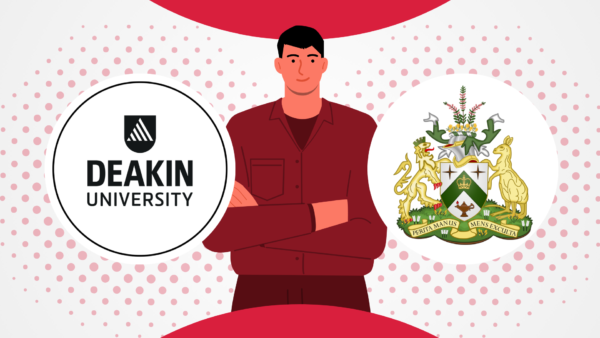
In addition to academics, Deakin and RMIT offer varied experiences and campus life to their students. Here are some of the other factors that can help you choose when it comes to RMIT vs Deakin.
Location
While both are located in the larger Melbourne area in the state of Victoria, the main RMIT campus is located in La Salle, in the middle of the central business district. The main Deakin campus is located in the Burwood suburbs, slightly away from the bustle of downtown Melbourne. The universities also have satellite campuses around the city, with Deakin also having campuses in Indonesia and India and RMIT having two international campuses in Vietnam.
Deakin’s suburban location gives it a more traditional college life experience, while RMIT is located within the bustle of the city. However, RMIT’s location makes it easier to access internships and other part-time employment opportunities.
Campus Size and Facilities
Deakin University’s campus size is about 450 hectares spread across Burwood, Waurn Ponds
Waterfront and Warrnambool while RMIT spreads across 6 city blocks in Melbourne, covering about 72 hectares. In addition to state-of-the-art academic and research facilities, both universities are known for the amenities they provide to their students. It includes dedicated study spaces, sports centres, recreation areas, libraries, cafes and other food outlets.
Both universities also offer a wide host of extracurricular activities that include clubs, sports, events and various volunteer opportunities.
Housing and Accommodation
Deakin University has Deakin Res, an office that manages on-campus accommodation on all four of its Victoria campuses. About 3,000 students can be accommodated across the four campuses, while the rest choose off-campus housing. The university also has a dedicated website called Houseme that helps you find off-campus housing.
RMIT, in contrast, has teamed up with external accommodation providers who manage purpose-built student accommodation across its different campuses. They offer a range of housing facilities from shared rooms to studio apartments, and also short-term facilities.
Deakin vs RMIT: Financial Aspects
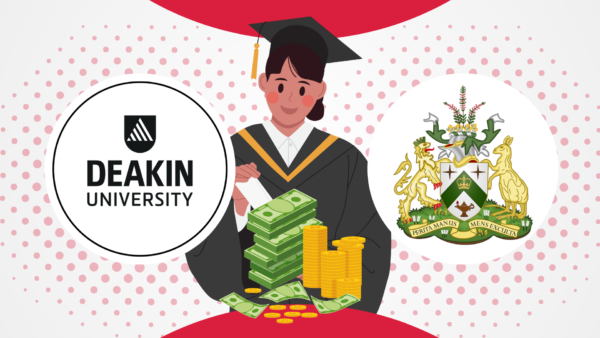
Finance is an important consideration in your decision-making process when choosing between Deakin University vs RMIT. As public universities, both RMIT and Deakin are generally more affordable when compared to private universities.
When it comes to fees, the rates vary vastly, depending on cost per unit and a student’s citizenship. A unit can cost anywhere between $1,100 to $4,700 at Deakin, and an international student can approximately budget anywhere between $35,000 and $50,000 per year for an undergraduate program. At RMIT, a bachelor’s degree can cost anywhere between $40,000 and $50,000 per annum.
This range is indicative of tuition, not including additional fees, books, cost of living, and so on. Accommodation at both Deakin and RMIT costs about $300 – $500 per month, depending on the nature of the housing, whether a shared or a single space.
Both Deakin and RMIT have a wide range of scholarship options for both domestic and international students, both on financial need and academic merit. They vary with departments, your nationality, and the programs. Work-study or part-time employment options are also available, provided the student visa is approved.
Deakin vs Royal Melbourne Institute of Technology: Career Prospects and Alumni Network

After academics, campus life, and the financial aspects, another important factor that can alter your decision is the return on investment. Which university has the higher graduation rate, who has better employment prospects, and how big is their alumni network are all important questions to ask.
That said, considering the name and fame of the two universities and their extensive alumni networks, there is no doubt that a graduate of these schools will have numerous opportunities of
their choosing after graduation. The academic rigour and culture of research in these two universities create a pedigree that recruiters often compete to get for their organisations.
Employment Rates
Deakin has a high employment rate, with about 9 out of 10 undergraduates employed full-time three years after graduation. About 86.9% of 2022 RMIT grads reported being employed a year after graduation.
Notable Alumni
RMIT has over 521,000 living alums across the globe, while Deakin’s alumni network is also extensive and spans a community of 350,000 people who are some of the brightest minds in science, technology and business.
Notable Alums of Deakin University
- Bruce Peterson, founder of immersive digital art galleries like The Lume
- Neary Ty, News Reporter
- Michael Klinger, Cricketer
- David Hurley, Former Governor of NSW
Other Notable Alumni from RMIT
- James Wan, Filmmaker
- James Tomkins, rower and Olympic gold medallist
- Alexis Wright, author
Career Services
From internships to employment opportunities, both Deakin and RMIT provide support and advice throughout studies and beyond when it comes to career planning and the job search process.
At Deakin, the career services centre is called DeakinTALENT, which helps students and alumni with career coaching, resume reviews, internships, and creating networks with prospective employers. As a member of the Deakin community, you get lifetime access to the services provided by DeakinTALENT.
At RMIT, the career centers for strategy and success assists their students to gain practical experience, build networks and communicate their aptitudes and skill sets to prospective employers. It also plays an instrumental role in building leadership skills and specialised skills that are essential to a workplace.
In both universities, the career centre connects students to internship opportunities and prospective employers through seminars, job fairs, and numerous other on-campus events. Their goal is to clarify career aspirations, identify opportunities, and offer support at every stage of career development.
Deakin vs RMIT: Conclusion
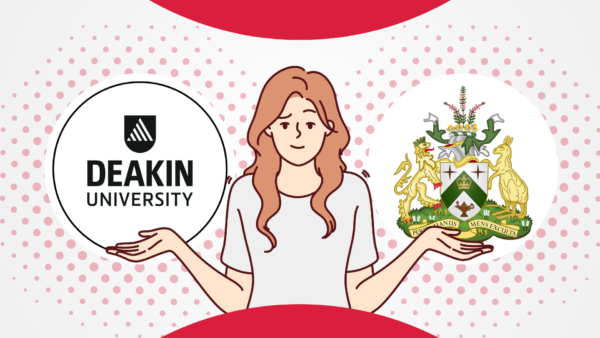
Deciding between Deakin and RMIT involves carefully anslysing various aspects such as academic strengths, campus life, financial implications, and career prospects. Both universities offer unparalleled opportunities, but your decision should align with your personal and professional goals.
Located only about 16 kilometres from each other, they are fairly similar when it comes to their reputation and the opportunities they provide for their students. They are both public universities renowned for their quality education, research opportunities and extracurricular activities. Beyond that, the following list highlights the key similarities and differences.
- RMIT ranks higher than Deakin (123 and 197) according to QS World University Ranking but Deakin ranks higher according to Times Higher Education. Metrics apart, they are both tier 2 universities after the top tier, that includes Australian National University, University of Sydney, University of Melbourne and others.
- Deakin is known for its programs in sports sciences, engineering, nursing and education, while RMIT has a reputation for architecture, art and design, and computer science and related programs.
- RMIT has a large undergraduate population, nearing 55,000 students while Deakin has more graduate students when compared to RMIT.
- While both are known for their updated curricula and practical approaches, RMIT is better rooted with industry due its origins as a technological institute and its location.
- The main RMIT campus is located in the central business district of Melbourne while Deakin is located in the Burbrook suburb.
- Both universities are known for their scholarship options and student support services.
Considering their reputation, the ultimate call rests on whether the course curriculum and the learning outcomes meet your career plans. The most significant part of your research is to compare courses, syllabi, electives, faculty and research facilities of your preferred degree program, speak to current students, and then decide depending on which school better suits your needs.
We understand that becoming an international student can be very thrilling, but the prep and paperwork of it all can get overwhelming. The easiest way to reduce your stress is to sign up with TC Global.
We simplify international education, learning, and mobility through connecting students, universities, and a global community on a single platform where there are over 1000+ education providers and over 80,000+ courses.
Our platform enables students to study anywhere in the world in just a few steps. From search and discovery and finding the right course fit for you, to applications, visas and departure – we see you through it all.
To move forward with us, download our app or visit tcglobal.com and sign in to create an account on our student platform and onboard with us in quick, easy steps.! ?
Then simply set up a visit Calendly.com/tcglobal to pick a Relationships Team closest to you and choose a slot to meet with a Relationship Member. Be it Deakin vs RMIT or any such debates, our experts will be with you every step of the way to help you decide.
Let’s shape your future together.
FAQs
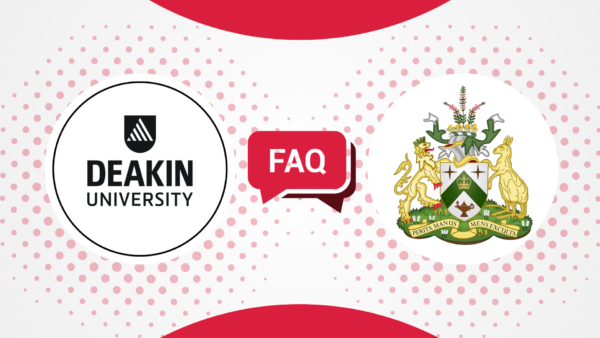
Which university is better, RMIT or Deakin?
RMIT and Deakin have very similar reputation when it comes to metrics. RMIT has a reputation for architecture, design and computer science programs while Deakin is top notch for sports sciences, education and some of its engineering programs.
How far is Deakin from RMIT?
The main Deakin campus is about 16 kilometres from RMIT.
Which is better, RMIT or Monash?
Overall, Monash ranks significantly higher when compared to RMIT in QS World University rankings but RMIT is a leader when it comes to architecture, design, and some of its technology programs.
Does RMIT accept transfer students?
Yes, through various pathways offered by the university, both domestic and international students can transfer to RMIT. If you are an international student, you will need to meet the English requirement.
Does Deakin have a campus in India?
Yes, in 2024, Deakin University opened its international campus in GIFT City (Gujarat International Finance Tec-City) near Ahmedabad.
